Cancer occurs when there are changes in the genes responsible for cell growth and repair. These changes are the result of the interaction between genetic host factors and external agents which can be categorized as:
such as Ultra Violet (UV) and Ionizing Radiation
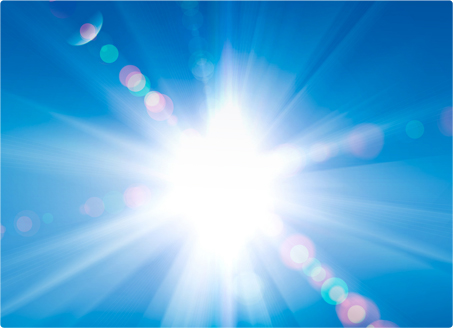
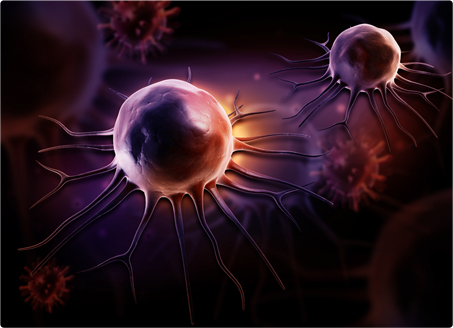
such as Asbestos and Tobacco smoke

such as Infections by Virus (Hepatitis B Virus and Liver Cancer, Human Papilloma Virus (HPV) and Cervical Cancer) and Bacteria (Helicobater Pylori and Gastric Cancer) and Parasites Schistosomiasis and Bladder Cancer Contamination of food by Mycotoxins such as Aflatoxins (products of Aspergillus Fungi) causing Liver Cancer.
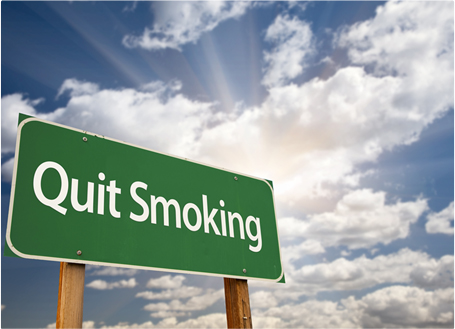
40% of cancer can be prevented by adopting a healthy diet, engaging in physical activity and not using tobacco. Tobacco use is the single largest preventable cause of cancer in the world. Tobacco use causes cancer of the lung, throat, mouth, pancreas, bladder, stomach, liver, kidney and other types; Passive smoking causes lung cancer too. Tobacco use is considered one major risk factor for cancer and causes a large variety of cancers such as lung, larynx, oesophagus, stomach, bladder, oral cavity and others.

Although there are still some open questions, there is credible evidence that dietary factors also contribute to causing cancer. This applies to obesity as a compound risk factor per se as well as to the composition of the diet such as lack of fruit and vegetables and high salt intake. Lack of physical activity is yet another risk factor for cancer. There is strong evidence about alcohol causing several cancer types such as oesophagus, pharynx, larynx, liver, breast, and other cancer types.
All cancers begin in cells, the body’s basic unit of life. To understand cancer, it’s helpful to know what happens when normal cells become cancer cells.

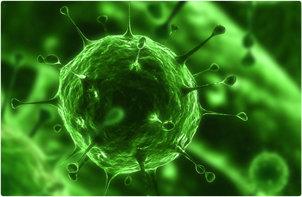
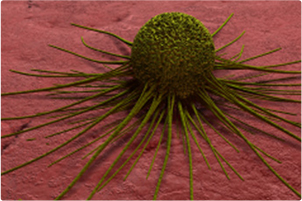
The body is made up of many types of cells. These cells grow and divide in a controlled way to produce more cells as they are needed to keep the body healthy. When cells become old or damaged, they die and are replaced with new cells.
But sometimes this orderly process goes wrong. The genetic material (DNA) of a cell can become damaged or changed, producing mutations that affect normal cell growth and division. When this happens, cells do not die when they should and new cells form when the body does not need them. The extra cells may form a mass of tissue called a tumour.
Not all tumours are cancerous; tumours can be benign or malignant. Benign tumours aren’t cancerous. They can often be removed, and, in most cases, they do not come back. Cells in benign tumors do not spread to other parts of the body. Malignant tumors are cancerous. Cells in these tumors can invade nearby tissues and spread to other parts of the body. The spread of cancer from one part of the body to another is called metastasis.
Most cancers are named for the organ or type of cell in which they begin. For example, cancer that begins in the stomach is called stomach cancer. Some cancers do not form tumors. For example, leukemia is a cancer of the bone marrow and blood.
Disclaimer Notice: The information provided on this website is not intended or implied to be a substitute for professional medical advice, diagnosis or treatment. All content, including text, graphics, images and information, contained on or available through this website is for general information purposes only. Parkway Cancer Centre makes no representation and assumes no responsibility if the information, contained on or available through this website, is taken without our specialists’ consult.
By clicking ‘Subscribe’, I consent to Parkway Cancer Centre, its employees, representatives, agents and/or business partners, collecting, using and disclosing my personal data for the following purposes and understand that I may opt out of the subscription at any time:
Events updates and invitations
E – newsletter
Other marketing and promotional purposes
*Please read our Privacy Policy for information on how we manage your personal data.
By clicking ‘Subscribe’, I consent to Parkway Cancer Centre, its employees, representatives, agents and/or business partners, collecting, using and disclosing my personal data for the following purposes and understand that I may opt out of the subscription at any time:
Events updates and invitations
E – newsletter
Other marketing and promotional purposes
*Please read our Privacy Policy for information on how we manage your personal data.